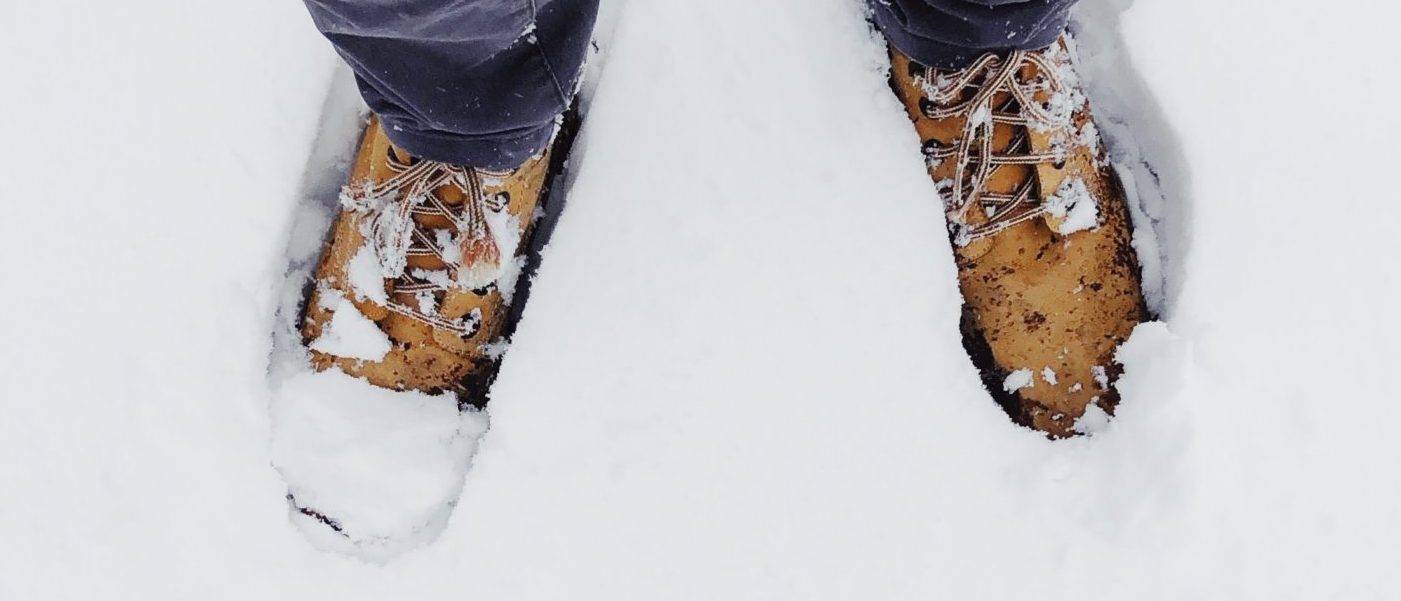Keep Walking This Winter With These 3 Tips
Stay active this winter and hit your 30 minutes of daily walking or your 10,000 steps goal even as the weather gets colder. Whether the weather is just getting colder, or the coldest months of winter may have already arrived, you can and should keep walking. You will need to walk more carefully, bundle up and take extra care to warm up and cool down.
These 3 tips will help you stay warm, stay safe, and get more steps in cold weather.
Tip # 1 Dress appropriately
It goes without saying that you’ll need to wear warmer clothing to walk outside in the cold winter. You’ll also want to wear gloves to protect your fingers from frostbite and a hat to prevent losing body heat from the top of your head. If it’s very cold, you can always cover your nose and mouth loosely with a scarf or mask to help keep you warm.
Tip #2: Footwear
One of the first items to consider is hiking boots/shoes. You want to wear footwear that are the correct size and fit. You want to make sure you try on your shoes/boots in person in order to achieve the perfect fit. Other items to consider is traction, support, breathability, and cushion of the footwear.
Tip #3: Warm up
Once you have the footwear figured out, the next step in preparation is the warm-up. You want to make sure that you warm up the muscles and joints of the body before heading on the hike to prevent injury.
A warm-up could include the following:
- Standing calf stretch – Start by placing the ball of one foot on the wall and slowly lean forward. You should feel a stretch in the calf area. Hold for 20 seconds and then switch feet.
- Hamstring Stretch – While sitting on the floor, reach forward and gently pull at the ball of the foot. You will feel a stretch in both the hamstring and calf. Attempt to hold for 20 seconds.
- Standing Cat/Cow – Begin by placing your hands on your knees and gently push your shoulder blades out. Then slowly let your back sink and extend your head in an upwards position. Hold each position for a couple of seconds before transitioning to the next position.
Remember, it’s important to stretch before and after physical activity. However, if you experience pain or discomfort on your hike, it is important to have a professional assess and treat the area of concern.

